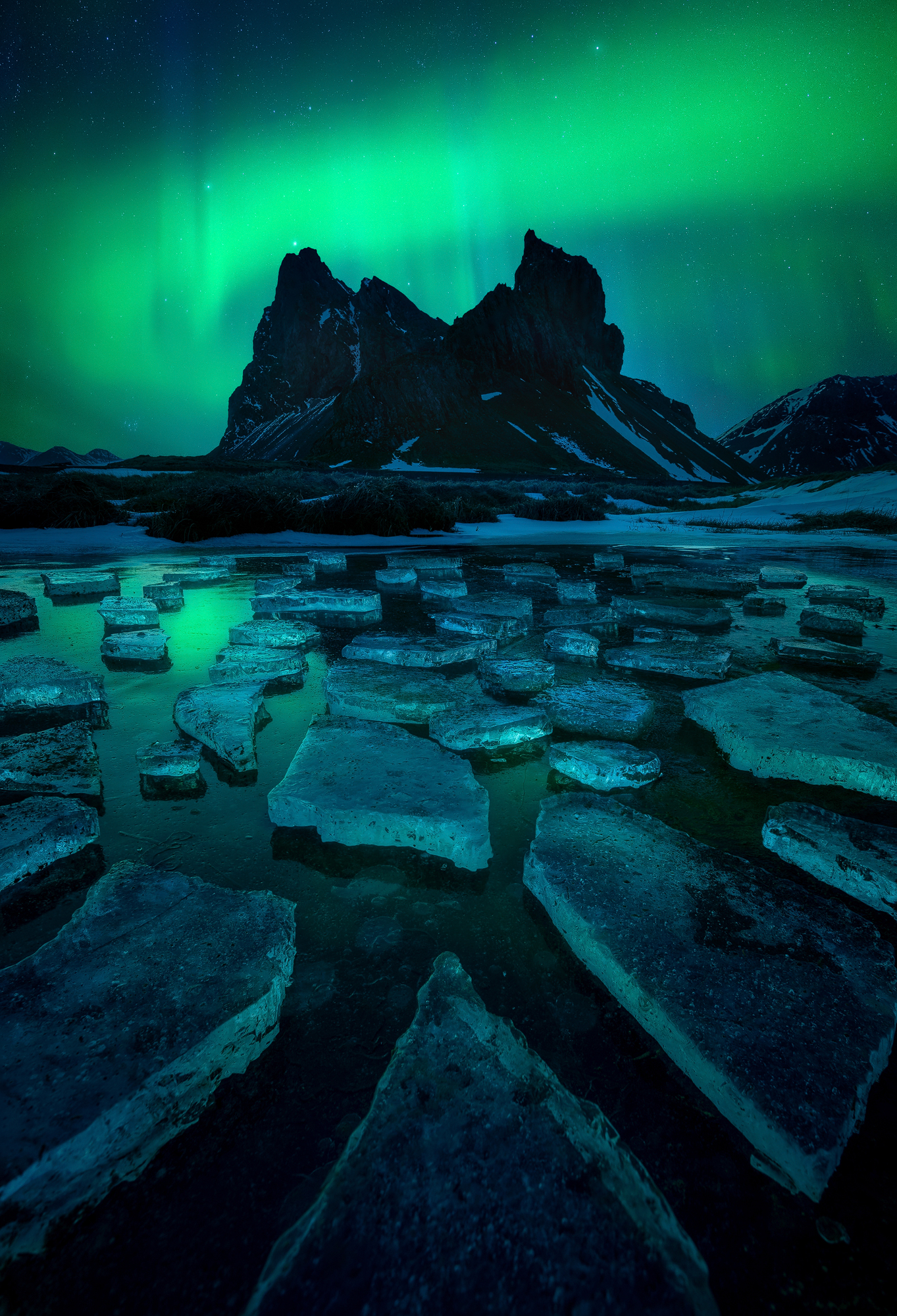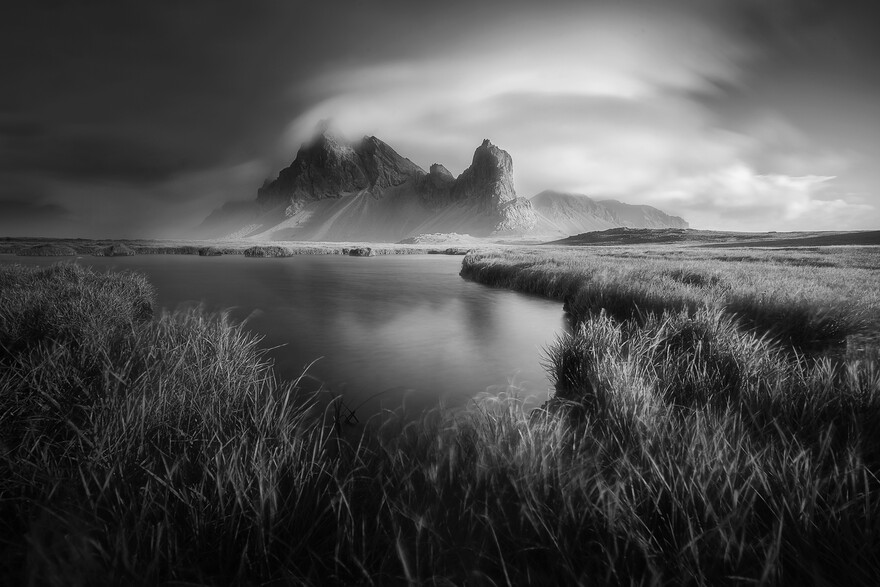1. What was your path to become a photographer?
To be honest, it isn‘t a common story, even 15 years before, I was quite stressed when someone approached me to take a picture. I was always afraid that the person would not be satisfied with the resulting photo. It is probably closely related to the sense of responsibility that I have. All that started to change in 2010, when I became enchanted by the photos of the countryside; I liked looking at them, despite the fact that I did not have a camera other than my mobile phone. So I started to learn – I was a photographer without a camera trying to understand the laws of photography.
2. Do you prefer to photograph close to home or do you find faraway places more inspiring? Are there any special places that inspire you the most to create new work?
Difficult question, I like my home, Slovakia. It is a beautiful country and I am enchanted by it, however, I also like to travel - the further the better. I like places I haven't been before, the first "Colombus" feeling is electrifying. I don’t even need the best conditions for taking photos, when I'm there for the first time, it doesn't bother me at all, I just walk around, feel great and enjoy every breath there. There are many places I like, Iceland, Lofoten, Dolomites, but I definitely want to see Patagonia, Canada and the Faroe Islands. I will be very happy if I succeed.
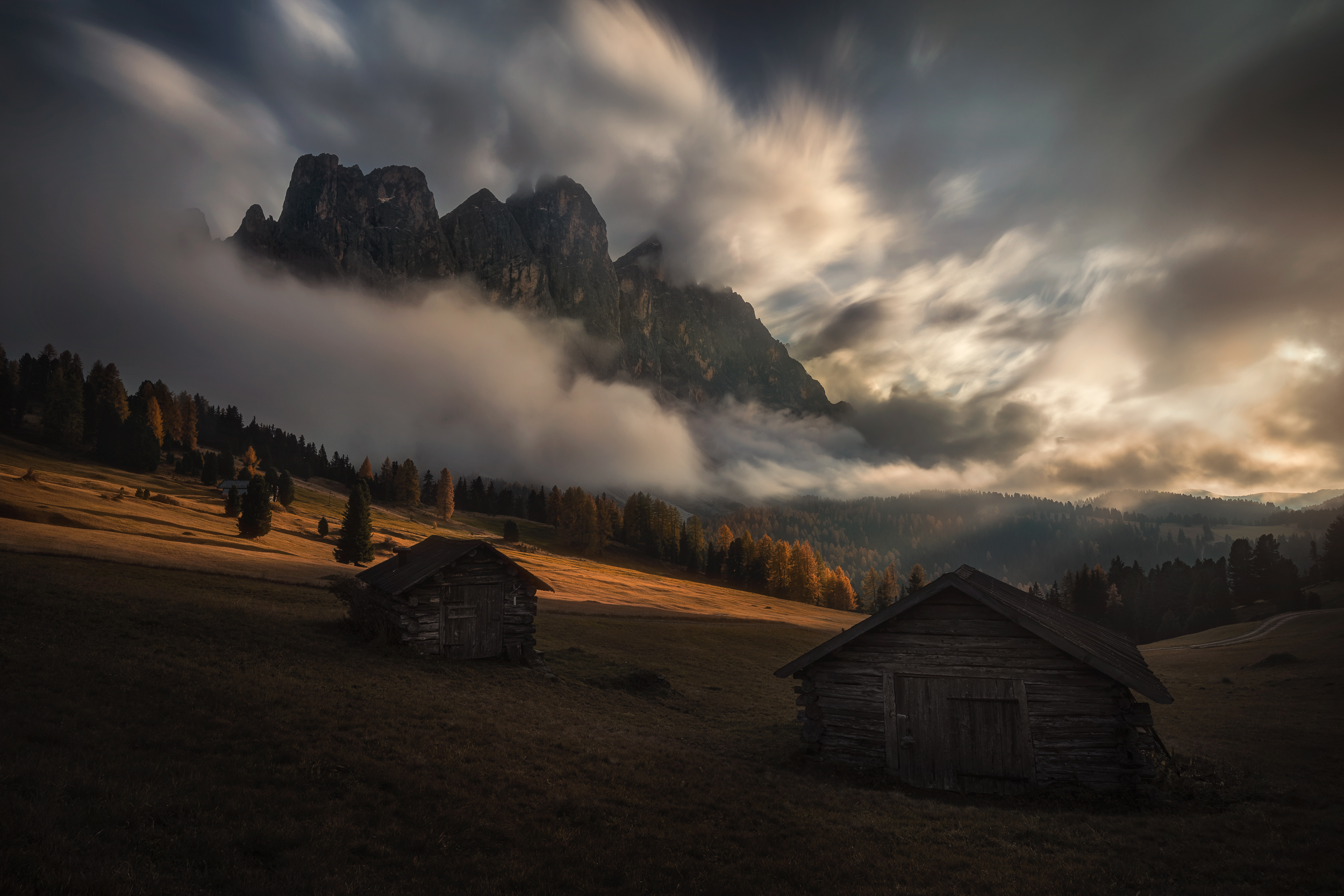
3. Are you a meticulous pre-planer or do you prefer creating images spontaneously? Do you revisit your favourite places many times to achieve the required result? Can you tell us more about your method of working?
I don't have a definite answer to that. There are photos that I took just by luck, as I was in the right place at the right time. However, I have photographed more of them because I have thoroughly studied and planned the place. When I go to take pictures, I constantly monitor the weather forecast, whether it is suitable for the subject I am photographing. When I'm there, I carefully go through the various compositions several times and choose the one I like the most; than I wait for my moment. The actual photography process depends on the scene, but it goes without saying that the correct exposure is a must, and I also like to use the focus stacking method.
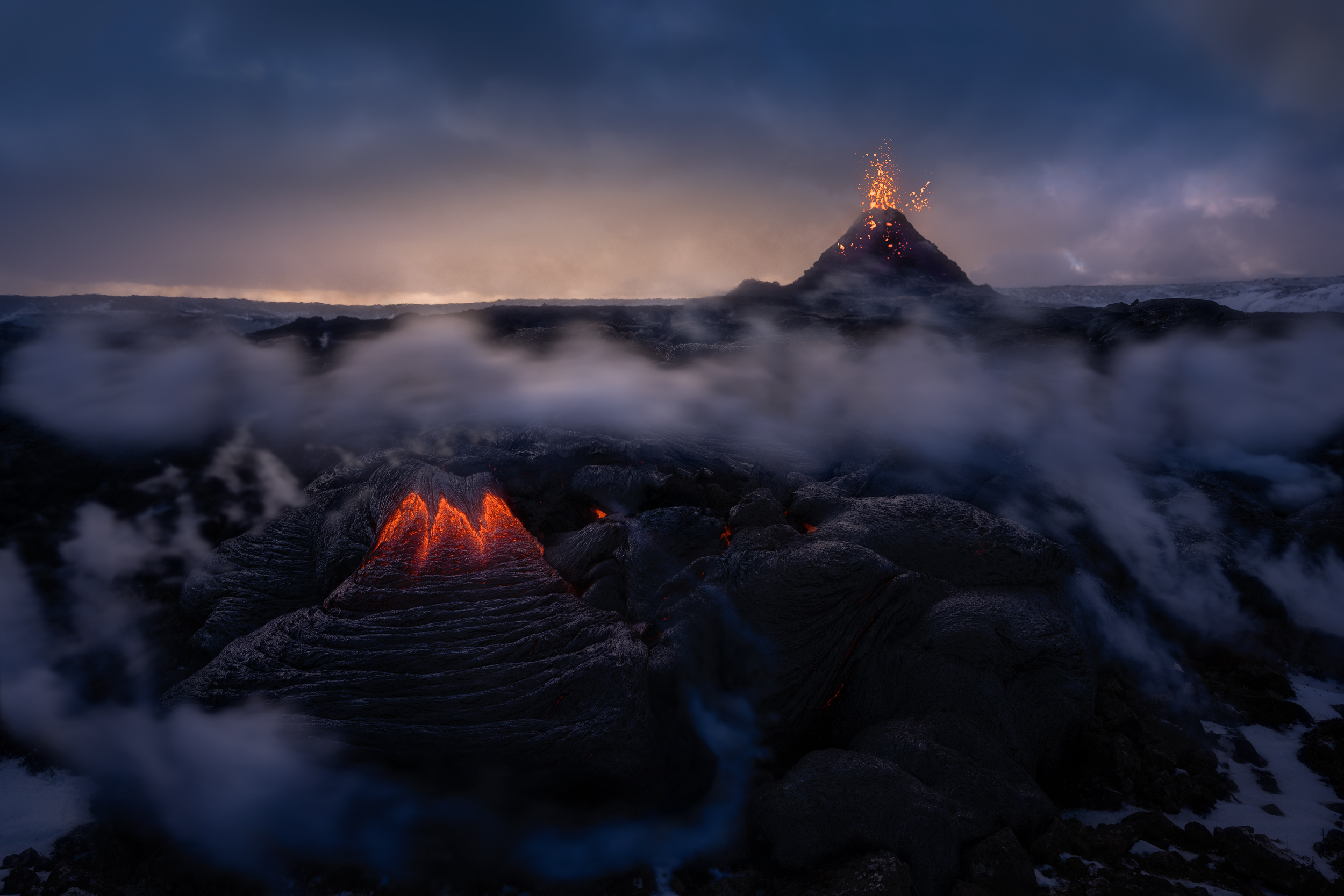
4. Terra Quantum displays themes and series portfolios; do you like working to the project/series/theme or find creating individual images more rewarding?
This is closely related to whether I see the potential for a series of photos of the place. If so, I will be very happy to try to photograph more interesting views of the area. However, it is not easy and I rarely process and publish the series. I always try, but I usually bring one, maximum two photos from the place.
5. Can you tell us a bit more about one chosen photograph – what is the story behind it, when/why/how it was created?
I would like to say that it was challenging to take this image, but really, it wasn't. I had already had in my mind the composition, and I knew the place well. It took me only a few moments to take this photo. I took pictures with various focus points and I filmed it on my mobile phone. As I said, I already had the composition selected in advance - I was interested in the nice roots in the foreground, which formed the letter V at the bottom of the picture. That V opened up space for the mountain in the background. The mountain is the Sass de Putia.
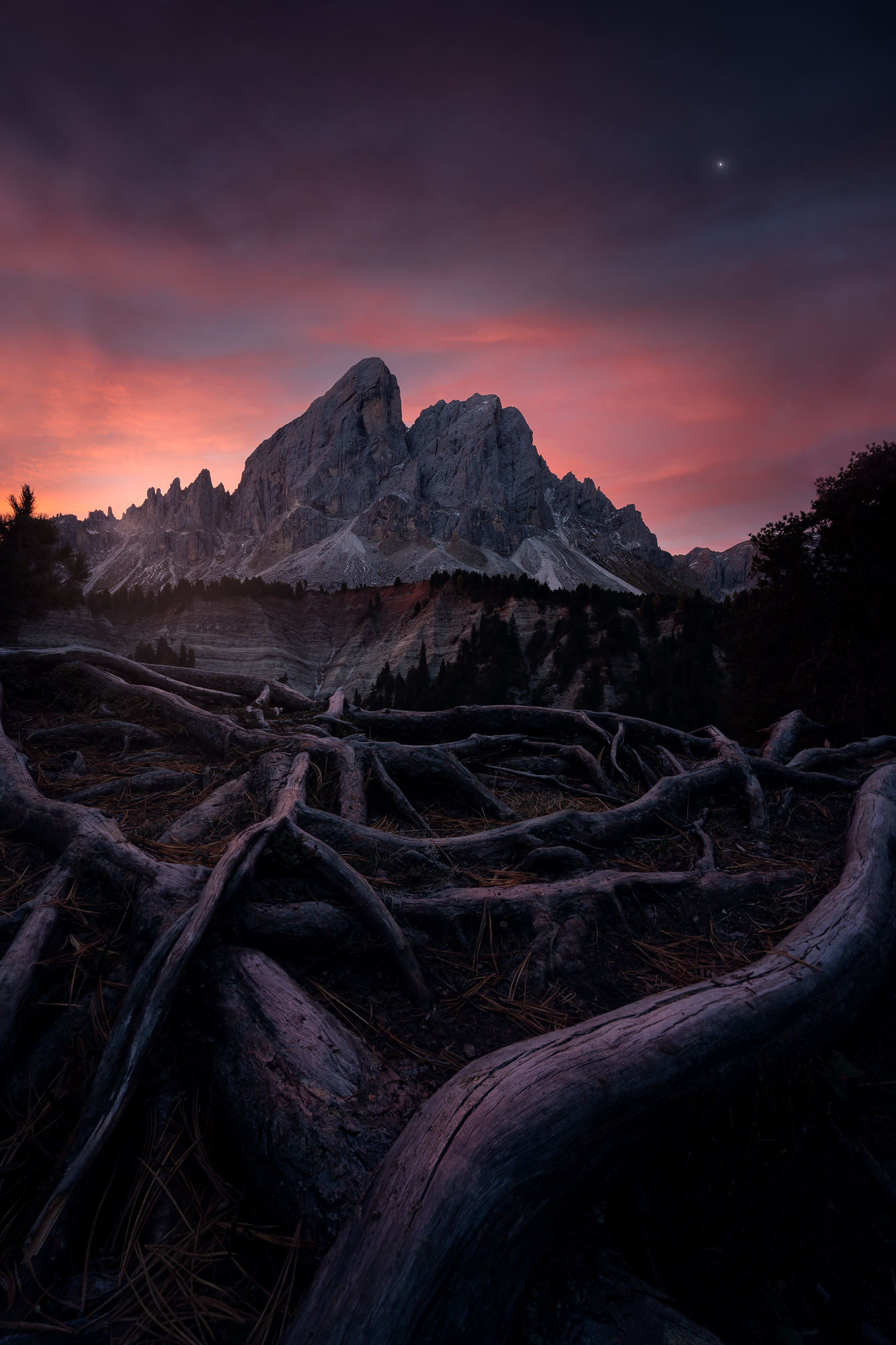
6. Colour, b&w or both? How do you decide about the elimination or inclusion of colour and why. When do you decide about it - in the field or during the post processing?
I like well-taken photos in black and white. In my opinion, it is more difficult to take a quality black and white photo than a colour one. Therefore, when I photograph the landscape, at first I have it in a colour. While editing at the computer, I sometimes convert it to a black and white one and consider whether the photo has potential in such a version as well. The exception is, long exposures photos of the sea, where the black and white version of the photo is the original plan.

7. Do you find printing your images yourself as an integral part of image creation or do you use professional labs? How important is the choice of paper for you?
I leave the printing to people more educated in the field than I am. I'm definitely not a printer, but I'm glad that after years of experimentation I have a printer that I can rely on, for color accuracy and sharpness. I am also glad that clients are slowly starting to realize that canvas is not the most suitable for printing landscape photos. More and more they prefer high-quality paper, which I gladly recommend to them myself. The quality of detail and colours printed on paper is incomparable.
8. Do you think that social media is killing photography or playing an important role in promoting your work? How involved are you in your online presence?
Hmm, I have answered a few questions above saying that ‘it was a difficult question‘, but this one is even more difficult. It's such an oxymoron, yes I think they kill quality photography, however, every coin has two sides. The other side is that without social media, it would be impossible to be seen. I'm quite well known for disliking Instagram in particular. The format that I am forced to follow is a big disaster. But, as I need to pay the bills, I have to be there. I remember the times of functional photo servers, where quality and not the number of followers was the deciding factor. An ordinary person does not know what quality is, and what is not. This results in thousands of followers on accounts with oversaturated photos without a sensible composition, as this brings the algorithm to the fore! Anyway, I have most probably complained too much! The answer is, yes, I think it's bad for photography, but I'm learning how to live with it and try to adapt to it.

9. Do you have any plans for exhibitions, books or any interesting projects coming? Can you tell us a bit more about your artistic plans for the next couple of years?
I would like to have an exhibition, but it is not easy to organize it due to the lack of time. Once every two years, I make a habit of making my own photo book, but only for my own pleasure. I would like to prioritize visiting the locations that I have on my wishlist, hopefully there will be more time for that in the not too distant future.
10. We are living on the most beautiful planet, yet it is over-burdened and over-polluted. As photography is an influential medium, do you use the power of your photographs to promote our Earth appreciation and environmental awareness? Any thoughts how photographers in general can become more involved in this important matter?
Our Earth is beautiful. Each and every trip and photo journey convinces me about it. However, I also see how people do not appreciate what we have. They leave trash and other waste behind. When I see it, I try to explain to people that it is not right, so that our children are also lucky enough to see what we do. Environmental problems could be fought with photography too. The number of followers on social networks (we talked about it earlier) is important; not just photographers, but others too. I don't have much reach, but with the cooperation of several photographers, the reach could increase and that could be a good thing for environment.
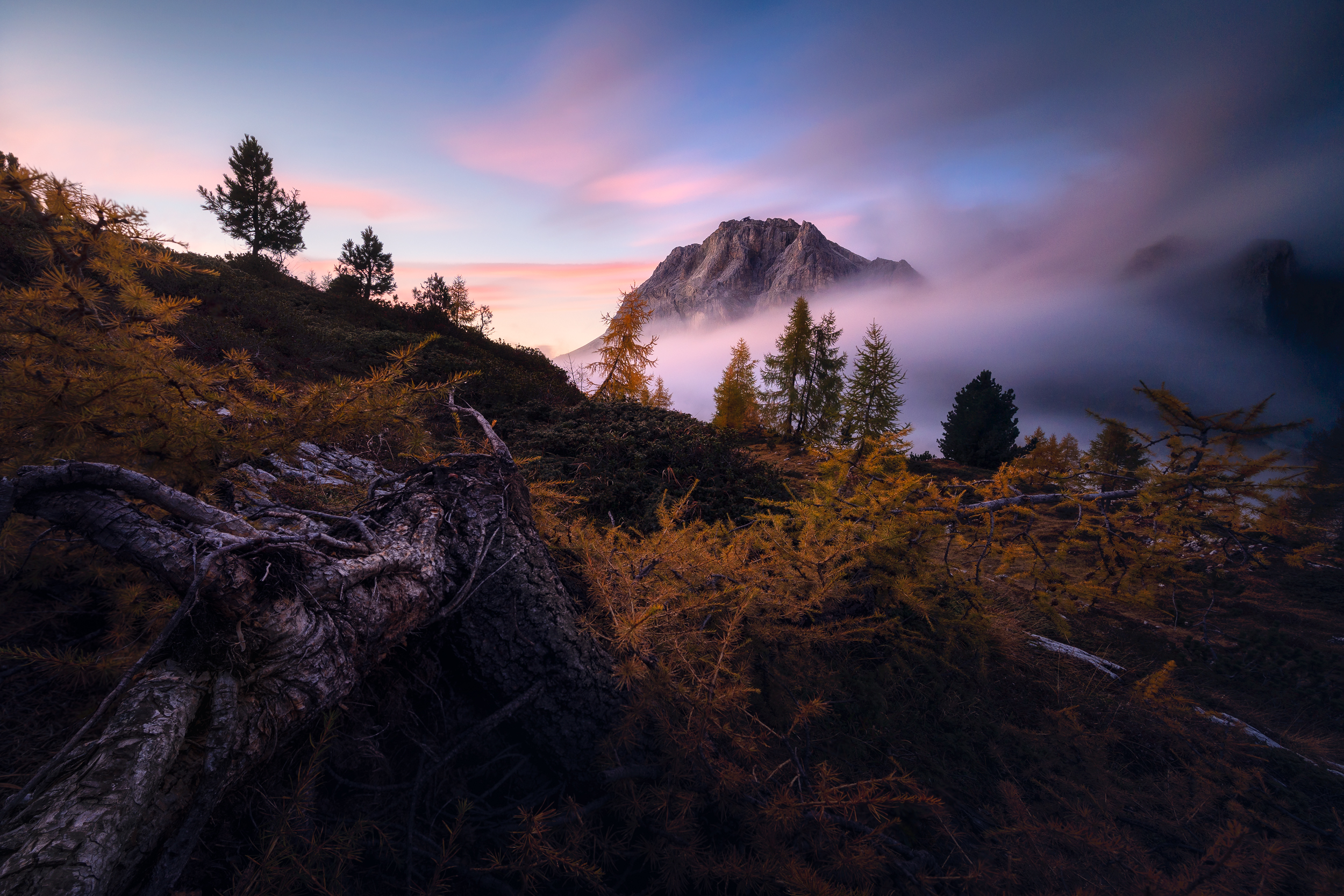
BIO
Marian Kuric was born in Slovakia in a small town of Lučenec. He is a member of the European Federation of Photographers as well as a member of the Association of Professional Photographers of the Slovak Republic. He focuses on fine art landscape photography. Marian also leads landscape workshops and is an ambassador of fstop gear and VFFFOTO. He has been awarded: the gold award in The Epson International Pano Awards 2020, the gold winner in Nature/Earth category of PX3 Prix de la Photographie Paris, and an honourable mention in International Photography Awards 2021, to mention a few. He is very grateful for his family support of his passion for photography, as none of the above would have been possible without his family understanding.
